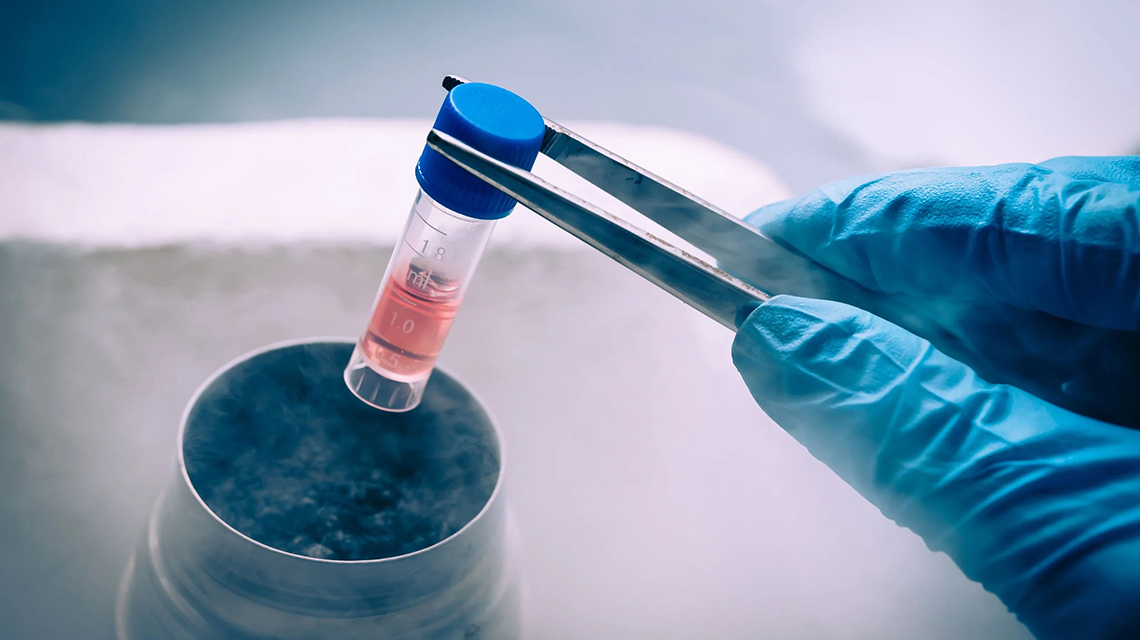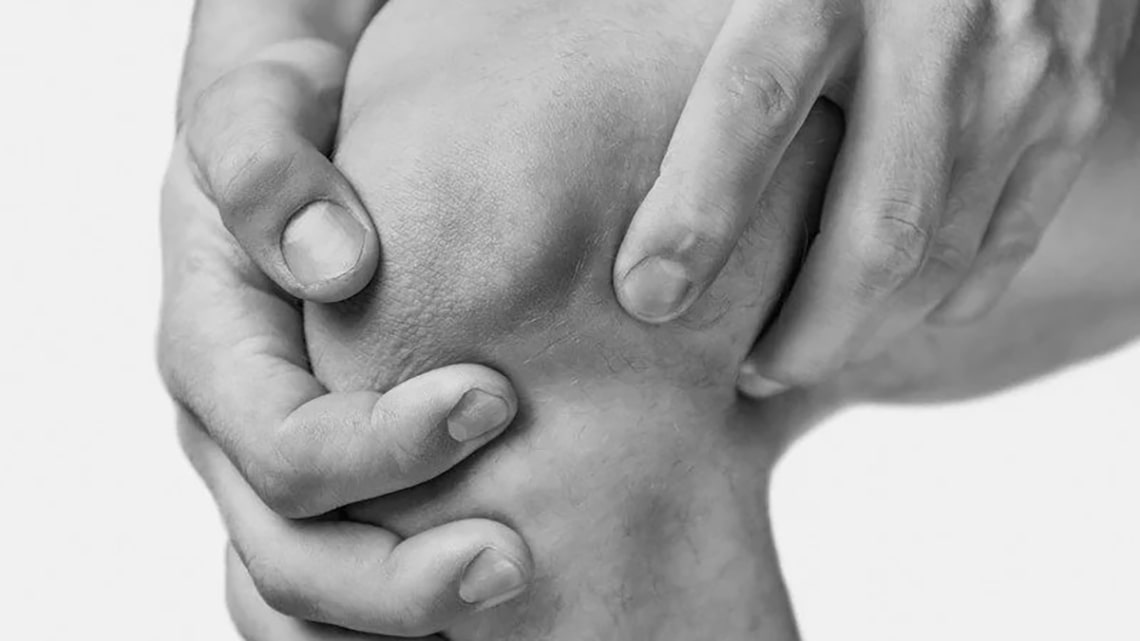The Role of Physical Therapy in Regenerative Medicine

Our primary focus at Apex Biologix is providing doctors and clinics with regenerative medicine equipment and supplies.
We sell things like centrifuges and total nucleated cell/PRP kits. We work with our sister organization, the Advanced Regenerative Medicine Institute, to equip doctors after completing their training.
With that in mind, we play close attention to the current state of regenerative medicine in the U.S. We are particularly intrigued by how total nucleated cell and PRP therapies are being used to treat musculoskeletal injuries. For example, it is fairly common for pro athletes to get PRP injections following ligament, tendon, and muscle injuries.
The impetus for this post was a story that recently ran on the auburnpub.com website, a site operated by an Auburn, New York newspaper known as The Citizen. An Auburn physical therapist and chiropractor by the name of Dr. Dale Buchberger wrote the piece. In it, he discussed the role of physical therapy in regenerative medicine.
Multiple Injection Types
One of the first things Buchberger mentioned was the fact that physical therapists deal with four different kinds of injections. Patients come to them having already received cortisone injections, PRP injections, total nucleated cell injections, and prolotherapy. He made the point that each kind of injection is designed to do something different. Physical therapy has to be matched with the injury being treated and the intent and goals of the injections.
Buchberger’s line of thinking is quite interesting. He mentioned that, where PRP injections are concerned, prescribed rest periods prior to beginning physical therapy differ based on where a doctor was trained. In other words, doctors recommend different amounts of rest prior to PT. This doesn’t seem to be appropriate when you stop and think about it.
While there may be differences in the amount of rest prescribed, they shouldn’t depend on training. Differences between patients should be limited to their individual injuries and their reactions to the PRP injections. So what’s the deal?
Although clinical evidence in support of PRP and total nucleated cell injections for musculoskeletal injuries is growing, there isn’t enough clinical data yet to establish any sort of industry standards. Therefore, it is up to training companies and the medical professionals who guide curriculum planning to establish what they think best.
Physical Therapy Is Beneficial
Despite differing recommendations regarding rest periods, the one thing that most doctors can agree on is that both PRP and total nucleated cell therapies benefit from additional physical therapy. Injections can promote healing in a faster and more natural way, but physical therapy is necessary to regain maximum strength and flexibility.
The key is to know when to start physical therapy and how intense to make it. Waiting too long could negate any benefits of PRP and total nucleated cell injections. Starting too soon can cause further injury, thus ruining any benefits that may have otherwise been derived from the injections.
Therapy intensity also has to be considered alongside rest periods. It may be beneficial to begin physical therapy within a day or two of an injection, but it may not be appropriate to go all-in right away. Some patients may need to start more slowly and work their way up.
The biggest take away here is that there still is a lot we don’t know about regenerative medicine. We know that it works for many patients suffering from musculoskeletal injuries, and we know that physical therapy is an important component in recovery. But we do not quite know what the proper balance between the two is. That is something that the industry continues to work on in conjunction with experienced physical therapists.


